Charonia seguenzae
(Aradas & Benoit, 1872) |
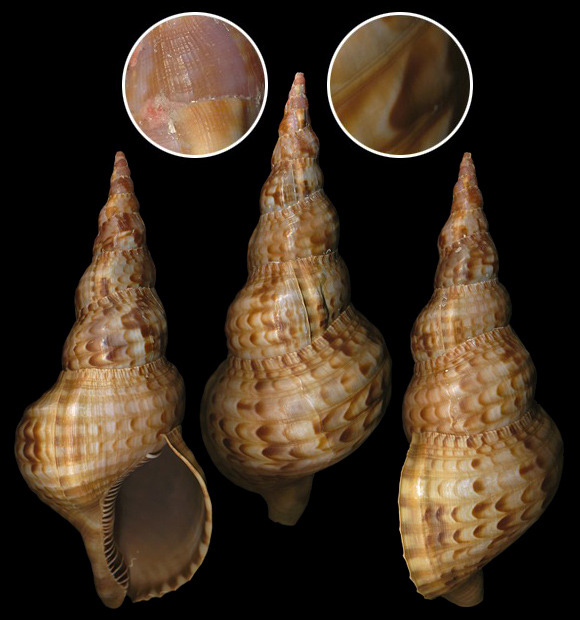 |
Adriatic, Eastern Mediterranean. Lives on sandy bottoms, in meadows and in the reef, from shallow water down to circa 20m deep. Predator on many echinoderms (mostly holoturians and sea-stars). Basionym: Tritonium seguenzae. The shell of this species is morphologically close to those of the indo-pacific Ch. tritonis (Linnaeus, 1758) and of the atlantic Ch. variegata (Lamarck, 1816). Above: a young adult from shallow water, Symi island, Dodecanese, SE. Aegean. 203mm. |
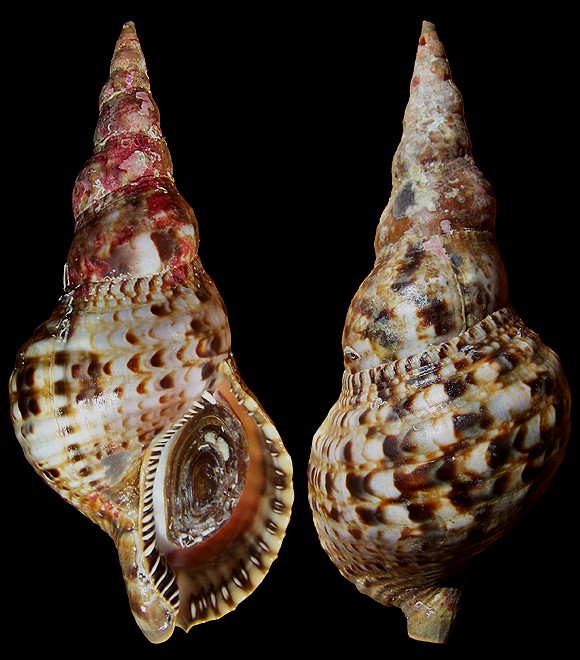 |
| The spire is slightly more elongate than in the atlantic variegata. 1m deep, on rock, southeastern coast of Spinalonga peninsula, in a cove facing Kolokitha island, Elounda, NW. of Kolpos Mirambellou, Lasithi, N. Crete. 230mm. |
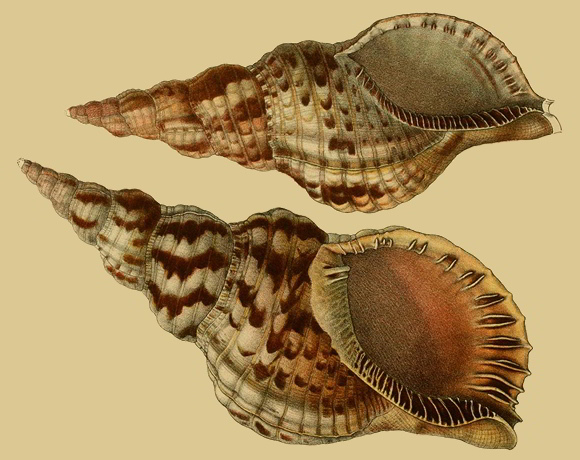 |
| Triton seguenzae in W. Kobelt: Iconographie der schalentragenden europäischen Meeresconchylien vol II, Cassel 1901, plates XXXV & XXXVII. |
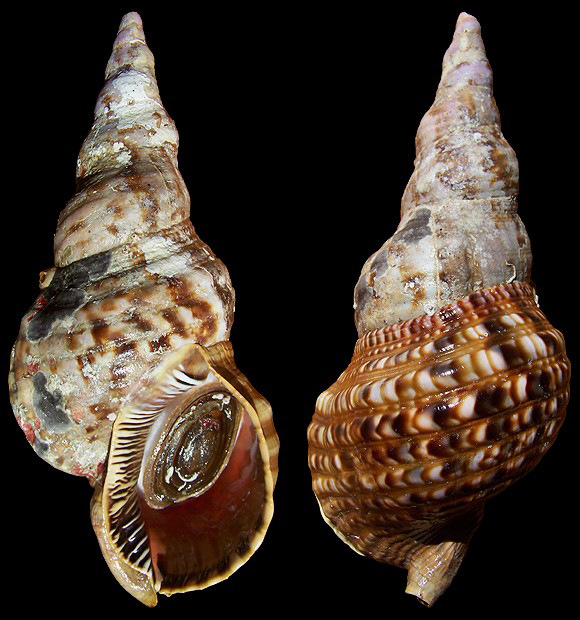 |
| Found feeding on holoturian, at 8m deep, daytime, on gravel and little stones under rock ledge, south coast of Spinalonga peninsula, 800m east of Elounda channel. 257mm. |
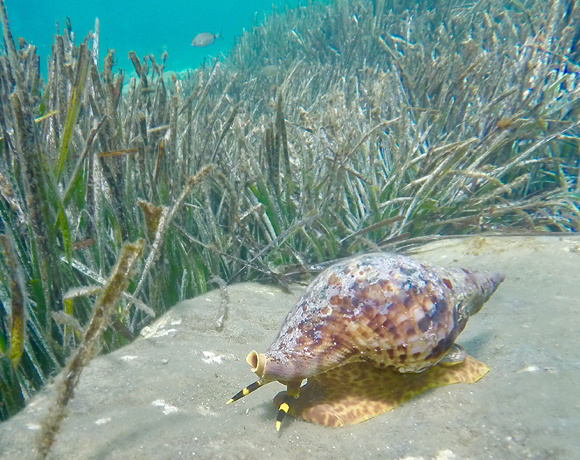 |
Tentacles variegated yellow and black.
In shallow water, south of the ruins of Tavşan Adası, Gümüşlük, Bodrum district, Muğla Province, SW. Turkey.
Original picture provided by levend for iNaturalist.
– (CC BY-NC) – |
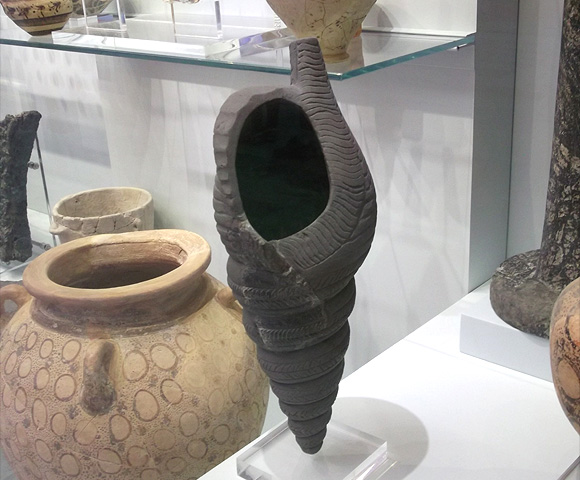 |
Triton-shaped rhyton (bottom-drilled ceremony vase) from Palaikastro minoan town, eastern Crete, 1500-1450 BC.
Heraklion Archaeological Museum. |
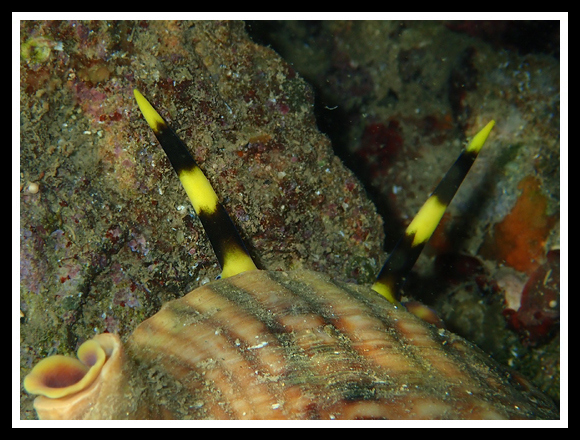 |
| Specimen on the hunt, rocky shore north of Chrisí Aktí beach, west of Chaniá, NW. Crete. Original picture provided by mikkel65 for gbif.org – (CC BY-NC). |
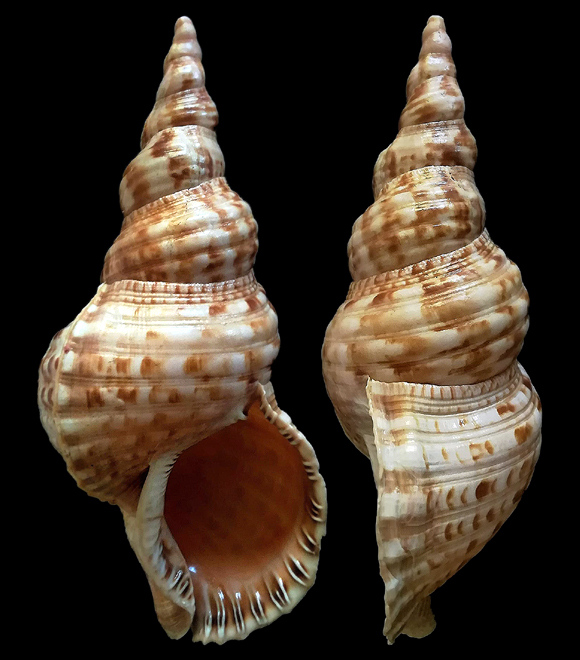 |
A large specimen caught in nets in the 1980’s around Lastovo island, Dubrovnik-Neretva Comitat, S. Croatia. Size about 330mm. Original pictures provided by N. Lete (HR).
– (CC BY-NC-SA) – |
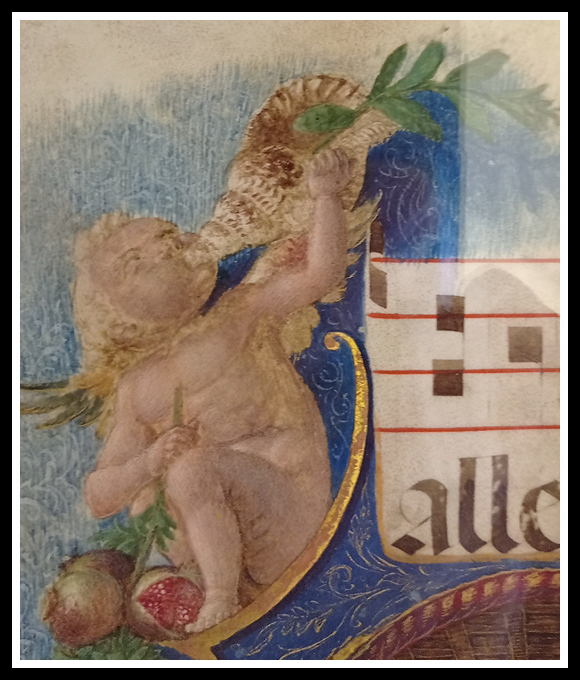 |
| Rare painting of a Charonia seguenzae in an illumination of an antiphonal from the XVth century. Franciscan Monastery of Dubrovnik, S. Croatia. The dense pattern of comma-shaped blotches is typical. |
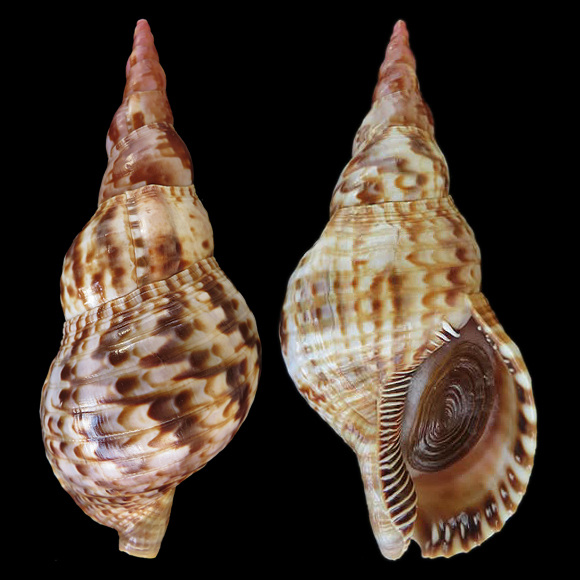 |
A trailblazer from the extreme frontier in the west.
25-30m deep, under the ledge of a large rock, Malta.
Original pictures provided by R. Shead (MT).
– (CC BY-NC-SA) – |









